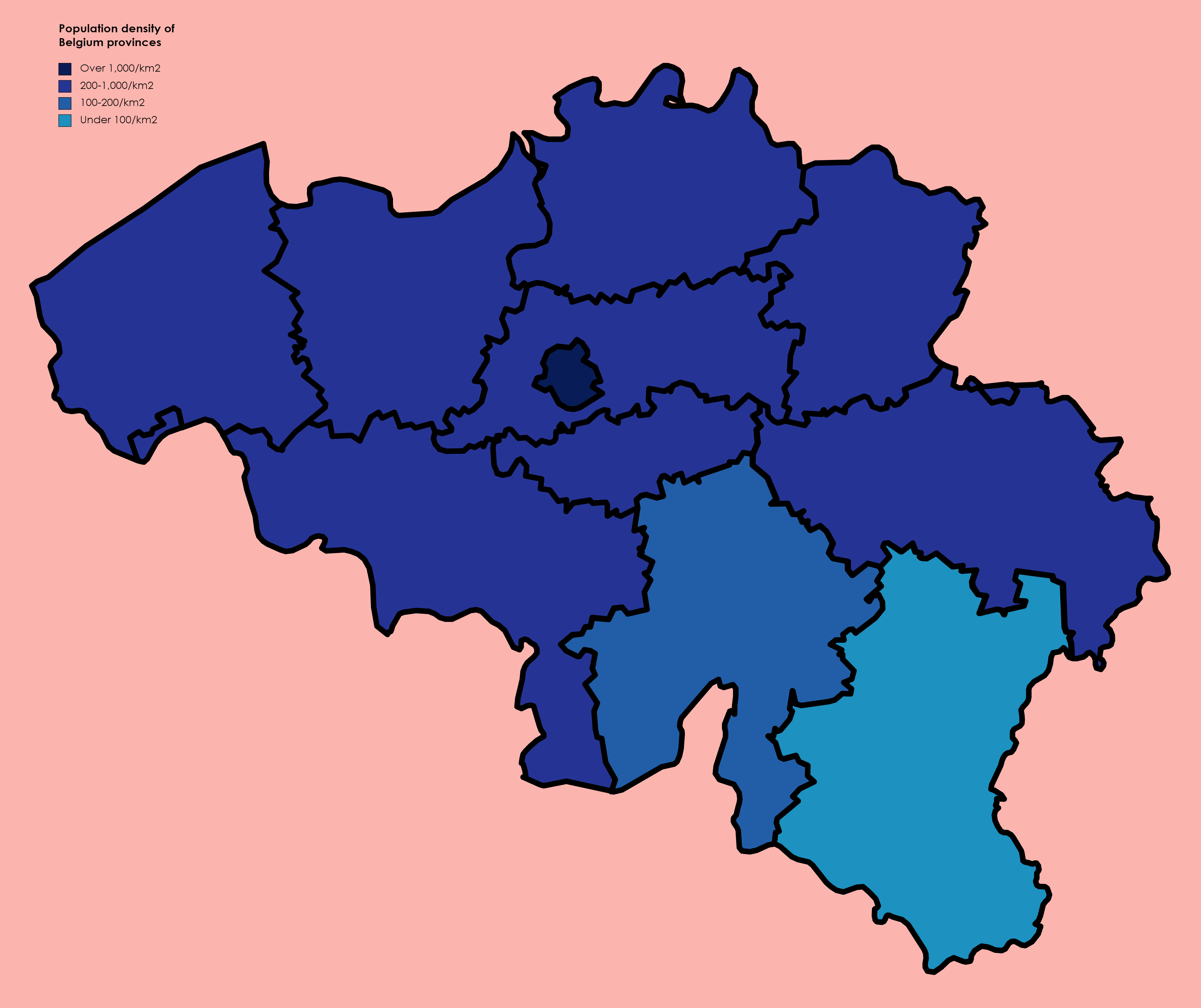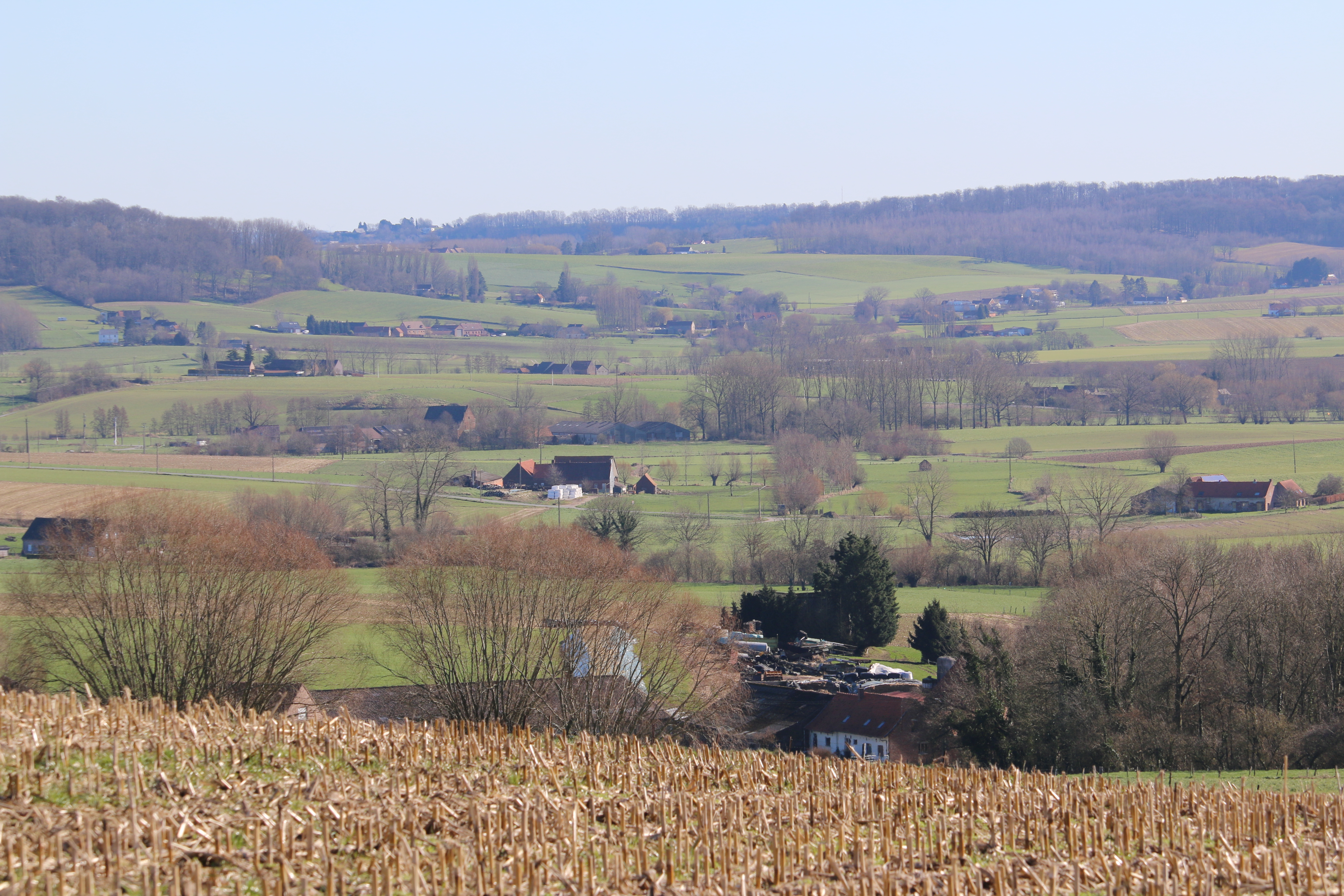|
Aubechies
Aubechies () is a village of Wallonia and a district of the municipality of Belœil, located in the province of Hainaut, Belgium. Aubechies is a member of the Les Plus Beaux Villages de Wallonie ("The Most Beautiful Villages of Wallonia") association. The Archeosite and Museum of Aubechies is located in Aubechies. A museum dedicated to the period of history from pre-history until Roman times In modern historiography, ancient Rome is the Roman civilisation from the founding of the Italian city of Rome in the 8th century BC to the collapse of the Western Roman Empire in the 5th century AD. It encompasses the Roman Kingd ..., it is the largest archaeological open-air museum in Belgium. The village has a Romanesque village church dedicated to Saint Géry, a town hall and a school. It is a typical example of Wallonian villages in this area. References External links * Former municipalities of Hainaut (province) {{Les Plus Beaux Villages de Wallonie ... [...More Info...] [...Related Items...] OR: [Wikipedia] [Google] [Baidu] |
Beloeil, Belgium
Belœil (; ; ) is a municipality of Wallonia located in the province of Hainaut, Belgium. It is around 10 km south of Ath. On 1 January 2024 the municipality had 14,244 inhabitants. The total area is 62.26 km², giving a population density of 229 inhabitants per km². The municipality is named after the château of Belœil, once the seat of Charles-Joseph, 7th Prince of Ligne, a military officer and man of letters who corresponded with Jean-Jacques Rousseau and Voltaire. Geography Location Both an agricultural and touristic municipality, Belœil spans an altitude ranging from 25 m in the west, near the E42 highway, to 95 m in the southeast, within the Stambruges forest. It is crossed from south to northeast by the Blaton-Ath canal and is bordered at its far southern edge, on a small portion of its territory, by the Nimy-Blaton-Péronnes canal. Belœil is also served from west to southeast by the N50 and to the south by the E42, due to its location 26 km from ... [...More Info...] [...Related Items...] OR: [Wikipedia] [Google] [Baidu] |
Provinces Of Belgium
The Kingdom of Belgium is divided into three Communities, regions, and language areas of Belgium, regions. Two of these regions, Flanders and Wallonia, are each subdivided into five provinces. The third region, Brussels, does not belong to any province, nor is it subdivided into provinces. Instead, it has amalgamated both regional and provincial functions into a single "Capital Region" administration. Most of the provinces take their name from earlier duchy, duchies and county, counties of similar location, while their territory is mostly based on the 130 departments of the First French Empire, departments installed during French annexation. At the time of the Independence of Belgium, creation of Belgium in 1830, only nine provinces existed, including the province of Brabant, which held the City of Brussels. In 1995, Brabant was split into three areas: Flemish Brabant, which became a part of the region of Flanders; Walloon Brabant, which became part of the region of Wallonia; an ... [...More Info...] [...Related Items...] OR: [Wikipedia] [Google] [Baidu] |
Telephone Numbers In Belgium
A telephone number in Belgium is a sequence of nine or ten digits dialed on a telephone to make a call on the Belgian telephone network. Belgium is under a full number dialing plan, meaning that the full national number must be dialed for all calls, while it retains the trunk code, '0', for all national dialling. Exception: Some "special services" use 3 or 4 digits with no area or trunk codes, e.g.: ''112'' and ''100'' (fire brigade and ambulance); ''101'' (police); ''1307'' (info in French) or ''1207'' (info in Dutch), etc. " 112" is an emergency number for contacting the fire brigade, ambulance and police in all 27 countries of the European Union. Operators will help the caller in the country's native language, in English, or the language of any neighbouring country. Calls to this number for contacting the police are forwarded to "101", losing response time. The telephone numbering plan allows for numbers have varying lengths (9 digits for landline numbers, and 10 digits for ... [...More Info...] [...Related Items...] OR: [Wikipedia] [Google] [Baidu] |
Wallonia
Wallonia ( ; ; or ), officially the Walloon Region ( ; ), is one of the three communities, regions and language areas of Belgium, regions of Belgium—along with Flemish Region, Flanders and Brussels. Covering the southern portion of the country, Wallonia is primarily Geographical distribution of French speakers, French-speaking. It accounts for 55% of Belgium's territory, but only a third of its population. The Walloon Region and the French Community of Belgium, which is the political entity responsible for matters related mainly to culture and education, are independent concepts, because the French Community of Belgium encompasses both Wallonia and the bilingual Brussels-Capital Region but not the German-speaking Community of Belgium, which administers nine municipalities in Eastern Wallonia. During the Industrial Revolution, Wallonia was second only to the United Kingdom in industrialization, capitalizing on its extensive deposits of coal and iron. This brought the regio ... [...More Info...] [...Related Items...] OR: [Wikipedia] [Google] [Baidu] |
Hainaut Province
Hainaut ( , also , ; ; ; ; ), historically also known as Heynault in English, is the westernmost province of Wallonia, the French-speaking region of Belgium. To its south lies the French department of Nord, while within Belgium it borders (clockwise from the north) on the Flemish provinces of West Flanders, East Flanders, Flemish Brabant and the Walloon provinces of Walloon Brabant and Namur. Its capital is Mons (Dutch: ''Bergen'') and the most populous city is Charleroi, the province's urban, economic and cultural hub, the financial capital of Hainaut and the fifth largest city in the country by population. Hainaut is one of the two only Belgian provinces whose capital is not its largest city; the other one is Walloon Brabant. Hainaut has an area of and as of January 2024 a population of over 1.36 million. Another notable city is Tournai (Dutch ''Doornik'') on the Scheldt river, one of the oldest cities in Belgium and the first capital of the Frankish Empire. H ... [...More Info...] [...Related Items...] OR: [Wikipedia] [Google] [Baidu] |
Belgium
Belgium, officially the Kingdom of Belgium, is a country in Northwestern Europe. Situated in a coastal lowland region known as the Low Countries, it is bordered by the Netherlands to the north, Germany to the east, Luxembourg to the southeast, France to the south, and the North Sea to the west. Belgium covers an area of and has a population of more than 11.8 million; its population density of ranks List of countries and dependencies by population density, 22nd in the world and Area and population of European countries, sixth in Europe. The capital and Metropolitan areas in Belgium, largest metropolitan region is City of Brussels, Brussels; other major cities are Antwerp, Ghent, Charleroi, Liège, Bruges, Namur, and Leuven. Belgium is a parliamentary system, parliamentary constitutional monarchy with a complex Federation, federal system structured on regional and linguistic grounds. The country is divided into three highly autonomous Communities, regions and language areas o ... [...More Info...] [...Related Items...] OR: [Wikipedia] [Google] [Baidu] |
Les Plus Beaux Villages De Wallonie
LES or Les may refer to: People * Les (given name) * Les (surname) * L.E.S. (producer), hip hop producer Space flight * Launch Entry Suit, worn by Space Shuttle crews * Launch escape system, for spacecraft emergencies * Lincoln Experimental Satellite series, 1960s and 1970s Biology and medicine * Lazy eye syndrome, or amblyopia, a disorder in the human optic nerve * The Liverpool epidemic strain of '' Pseudomonas aeruginosa'' * Lower esophageal sphincter * Lupus erythematosus systemicus Places * The Lower East Side neighborhood of Manhattan, New York City * Les, Catalonia, a municipality in Spain * Leş, a village in Nojorid Commune, Bihor County, Romania * ''Les'', the Hungarian name for Leșu Commune, Bistriţa-Năsăud County, Romania * Les, a village in Tejakula district, Buleleng regency, Bali, Indonesia * Lesotho, IOC and UNDP country code * Lès, a word featuring in many French placenames Transport * Leigh-on-Sea railway station, National Rail station c ... [...More Info...] [...Related Items...] OR: [Wikipedia] [Google] [Baidu] |
Gallia Belgica
Gallia Belgica ("Belgic Gaul") was a Roman province, province of the Roman Empire located in the north-eastern part of Roman Gaul, in what is today primarily northern France, Belgium, and Luxembourg, along with parts of the Netherlands and Germany. Before the Roman province came into existence in about 50 BC, the region was conquered by Julius Caesar during his Gallic Wars. His report, the ''Commentarii de Bello Gallico'', described Belgic Gaul as one of the three parts of Gaul (Tres Galliæ), the other two being Gallia Aquitania and Gallia Lugdunensis. Belgica stretched from the Marne River, Marne and Seine rivers, which Caesar described as a cultural boundary between the Belgae and the Celts, Celtic Gauls. In the north and east it stretched all the way to the Rhine. The official Roman province of this name was later created by emperor Augustus in 22 BC, and named after the Belgae, as the largest tribal confederation in the area. However, it also included the territories of the T ... [...More Info...] [...Related Items...] OR: [Wikipedia] [Google] [Baidu] |
Romanesque Architecture
Romanesque architecture is an architectural style of medieval Europe that was predominant in the 11th and 12th centuries. The style eventually developed into the Gothic style with the shape of the arches providing a simple distinction: the Romanesque is characterized by semicircular arches, while the Gothic is marked by the pointed arches. The Romanesque emerged nearly simultaneously in multiple countries of Western Europe; its examples can be found across the continent, making it the first pan-European architectural style since Imperial Roman architecture. Similarly to Gothic, the name of the style was transferred onto the contemporary Romanesque art. Combining features of ancient Roman and Byzantine buildings and other local traditions, Romanesque architecture is known by its massive quality, thick walls, round arches, sturdy pillars, barrel vaults, large towers and decorative arcading. Each building has clearly defined forms, frequently of very regular, symmetrical ... [...More Info...] [...Related Items...] OR: [Wikipedia] [Google] [Baidu] |
Gaugericus
Saint Gaugericus, in French Saint Géry (also known as Gorik, Gau; in Walloon, Djèri) ( 550 – August 11, 619) was a bishop of Cambrai, France. Biography He was born to Roman parents, Gaudentius and Austadiola, at ''Eposium'' (present Carignan). Tradition states that Bishop Magnerich, successor of Saint Nicetas as Bishop of Trier, was so impressed with the piety of the young man that he ordained him deacon, but not before Gaugericus had memorized the entire psalter. Magnerich entrusted Gaugericus with the pastoral care of the city of Cambrai. Bishop When the see of Cambrai-Arras fell vacant around 585, Gaugericus was elected bishop with the consent of Childebert II. Gaugericus was consecrated by Egidius, bishop of Reims. Bishop Géry devoted himself to fighting paganism, ransoming captives and visiting rural districts and '' villae''. Gaugericus founded churches and abbeys, including a monastery dedicated to St. Medard, to host relics, which contributed powerfull ... [...More Info...] [...Related Items...] OR: [Wikipedia] [Google] [Baidu] |


